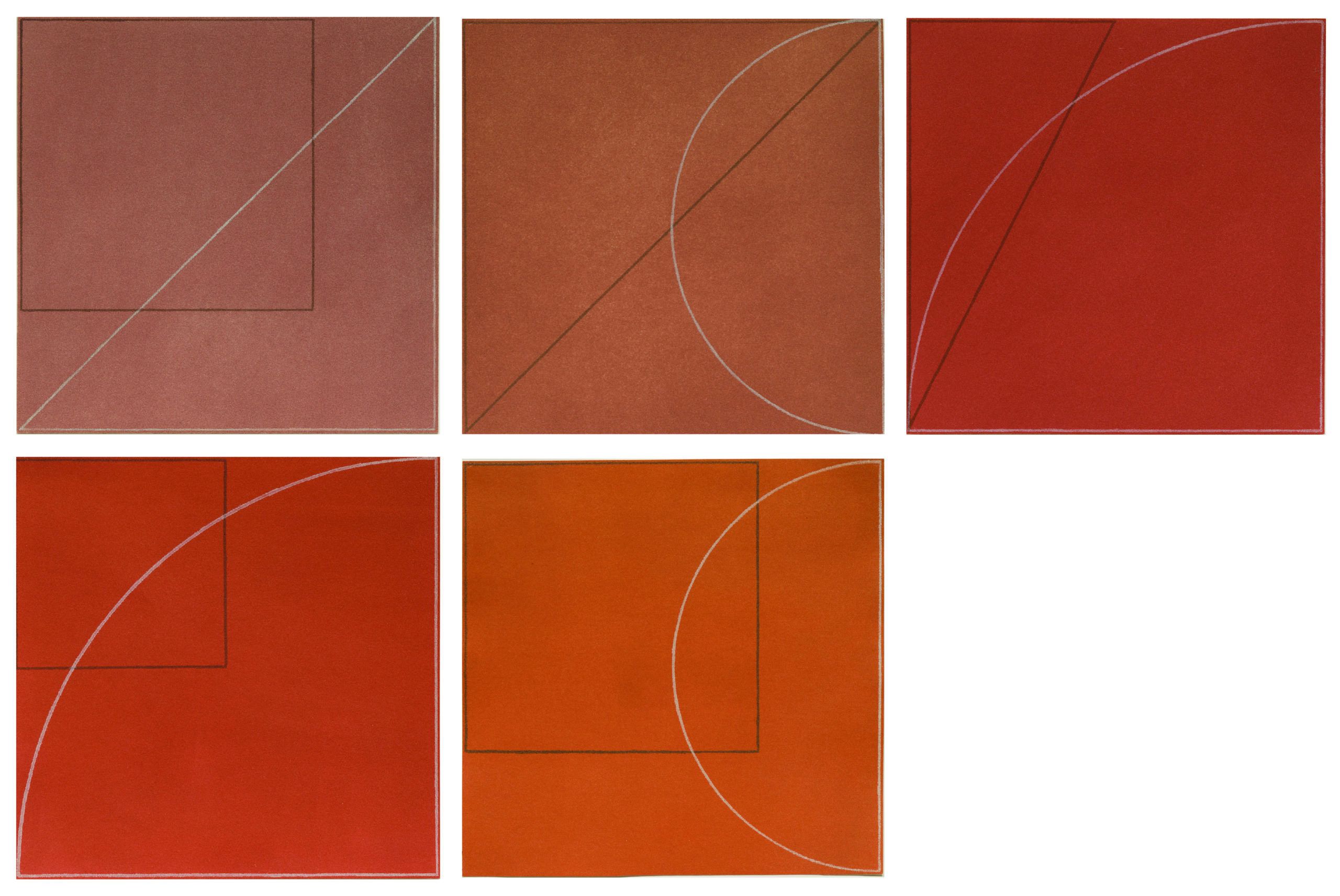Robert Mangold Original Prints
About Robert Mangold
Mangold was born in North Tonawanda, New York in 1937. He first trained at the Cleveland Institute of Art and then at Yale University, receiving his MFA in 1963. “Robert Mangold’s paintings,” wrote Michael Kimmelman in the New York Times in 1997, “are more complicated to describe than they seem, which is partly what’s good about them: the way they invite intense scrutiny, which, in the nature of good art, is its own reward.” Since the 1960s, Mangold has developed an artistic vocabulary derived from geometry and asymmetry in shape and form. Mangold’s use of line and subtle color reference Minimalism as well as Ancient Greek pottery and Renaissance frescoes.
Mangold made his first prints in 1972 at Crown Point Press and has made prints throughout his career, working with Pace Editions and Brooke Alexander Editions.
In 1967, he won a National Endowment for the Arts grant and in 1969, a Guggenheim Fellowship. In 1971, he had his first solo museum exhibition at the Guggenheim Museum. Major museum exhibitions of his work have since been held the Museum of Contemporary Art, San Diego (1974), the Stedelijk Museum in Amsterdam (1982), Hallen für Neue Kunst in Schaffhausen (1993), and Musée d’Orsay in Paris (2006). He has been featured in the Whitney Biennial four times, in 1979, 1983, 1985, and 2004.


